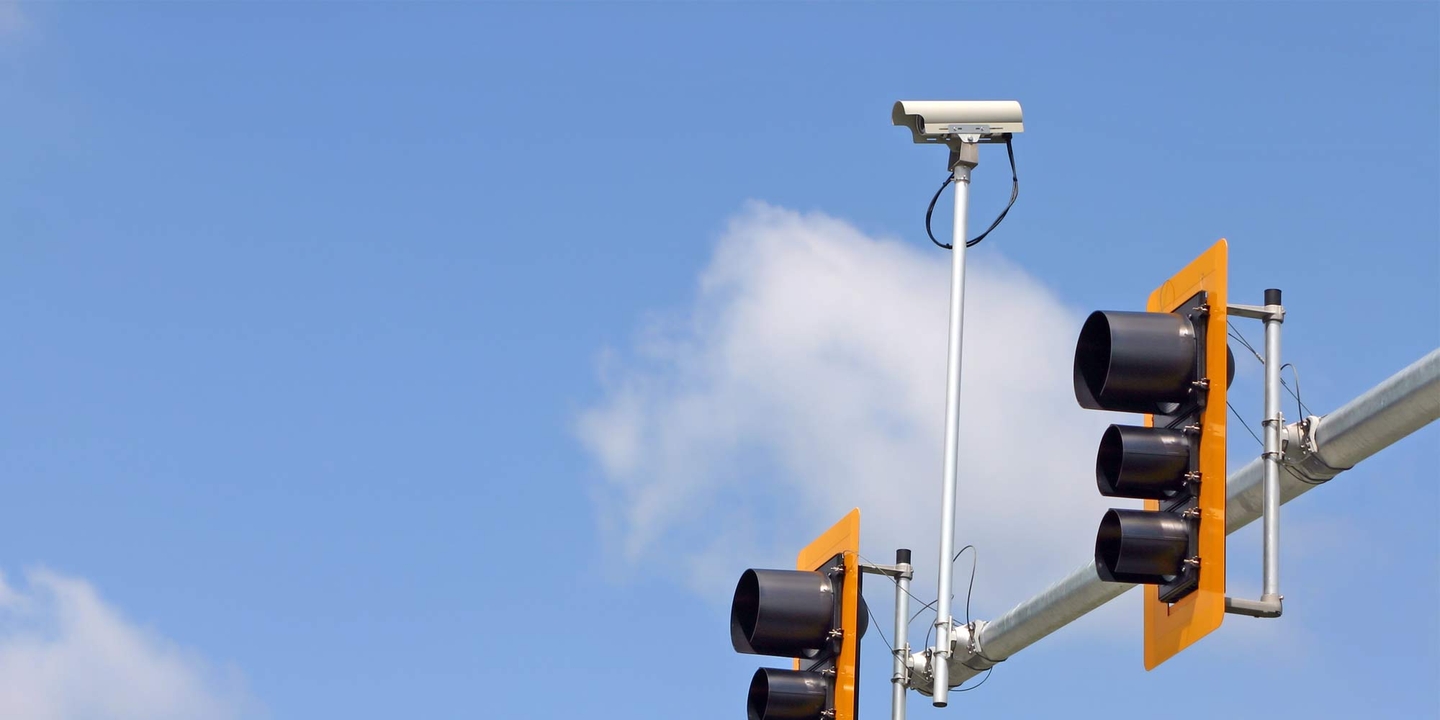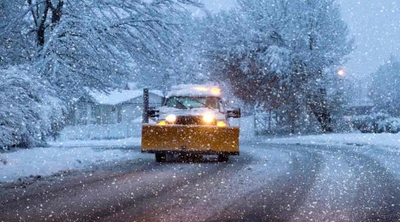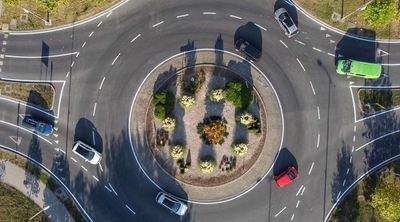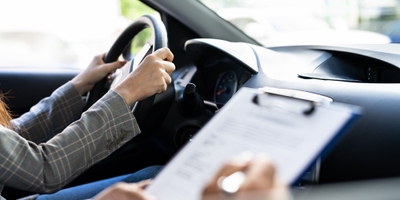How do red light cameras work?
3 min read
Municipalities set up red light cameras to enforce traffic light laws by catching drivers who violate them. Red light cameras work by snapping several pictures of motorists who run red lights. The cameras are synchronized with the traffic signals to catch drivers who fail to stop when the light is red, and then the vehicle’s owner receives a ticket in the mail. Let’s get an overview of what red light cameras are, the rules surrounding them, and the difference between traffic cameras vs. red light cameras.
What are red light cameras?
A red light camera is an automated enforcement system that law enforcement uses to monitor intersections. The cameras point at vehicles passing through an intersection with a traffic signal. They are synchronized with the traffic signals, and the camera catches the drivers that fail to stop. According to the National Conference of State Legislatures (NCSL), nearly 350 U.S. communities use red light cameras, while eight states have banned them as of June 2023.
The Insurance Institute for Highway Safety (IIHS) reports that 1,109 people were killed and 127,000 were injured in 2021 in red light running crashes. The IIHS also reports that red light camera enforcement has reduced fatal red light running crash rates in large cities by 21%.
Traffic camera vs. red light camera: What’s the difference?
The main difference is that “traffic camera” may refer to several different types of monitoring or enforcement cameras, while red light cameras are specifically used to issue tickets to people who run red lights.
There are a few types of traffic cameras out there, and it’s important to know which ones you might come across. Municipal governments can use a combination of red light cameras, speed cameras, and traffic cameras to monitor vehicle movements. The two primary types of cameras include automated traffic enforcement cameras, which can issue tickets, and those that simply monitor speed, traffic volume, and road conditions.
- A red light camera‘s purpose is to catch motorists who run red lights and issue a traffic ticket.
- Speed cameras detect drivers who violate the posted speed limit and issue a traffic ticket.
- Traffic sensor cameras monitor the flow of traffic and road conditions, and they do not issue violations.
- Automated number plate recognition cameras (ANPR) use artificial intelligence to read license plate numbers for tracking vehicle movements. Law enforcement also uses ANPR cameras to cross-reference the license plate numbers with government motor vehicle databases. For example, using ANPR technology, an officer might catch a motorist driving with unpaid traffic tickets.
How do you receive a red light camera ticket?
If a red light camera catches your car failing to stop, you will receive a letter in the mail, including photographs of your vehicle’s violation and your license plate and instructions for paying the associated fine or appearing in court. Depending on the jurisdiction, the vehicle owner may be presumed responsible for the violation. In these cases, there should be a mechanism for the vehicle owner to inform law enforcement if they were not the person driving at the time of the violation.
What are the red light camera rules?
Because every state’s traffic laws are different, you’ll want to look up the current red light camera rules where you live. One state, for example, allows red light cameras by state law and city ordinance, and red light cameras are permitted statewide. The penalties for a violation include not more than a $150 fine, no points, and the violation does not affect the driver’s insurance. The IIHS has created a chart with the current automated enforcement laws throughout the U.S.
Can you contest a red light camera ticket?
Each municipality will have its own process for appealing a red light camera ticket. You might be able to challenge the violation if you can prove any of the following is true:
- There was no warning sign of the existence of the red light camera (if the local law requires a warning sign)
- Someone who stole the vehicle was driving it at the time of the violation
- The driver continued to drive into the intersection to clear the way for an emergency vehicle to pass
What happens if you get a red light camera ticket while visiting another state?
You may get an out-of-state traffic ticket from a red light camera in the mail. A Driver License Compact exists among most states and the District of Columbia allowing those jurisdictions to share information about traffic violations. A few states do not participate in the driver license compact. The state where the violation occurred will inform your state about your traffic violation, and your state will ensure that you receive the violation in the mail. Failure to pay for a red light camera ticket will incur fines and other possible penalties, depending on the state where the violation took place. Learn more about how traffic tickets impact car insurance.






